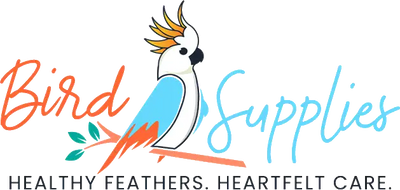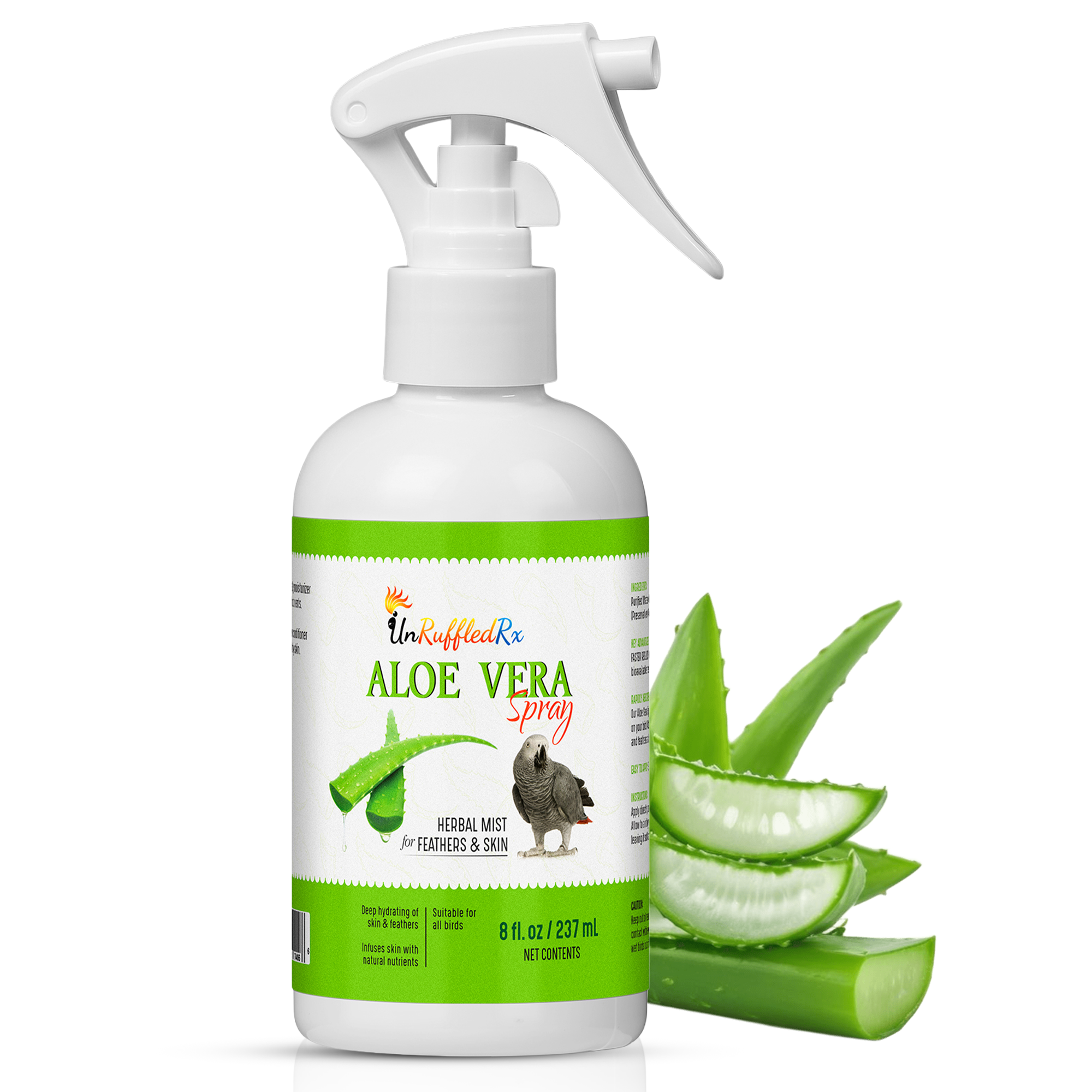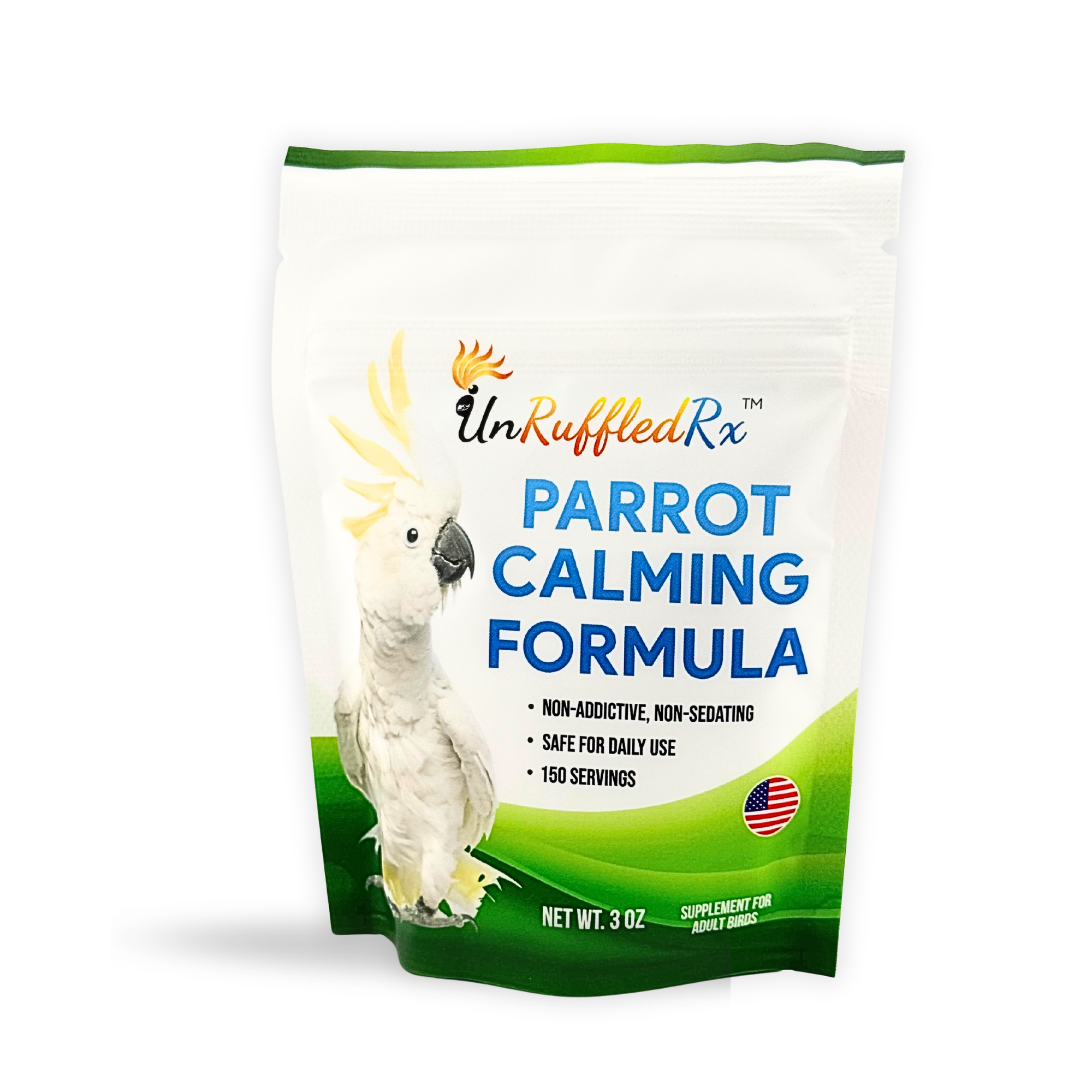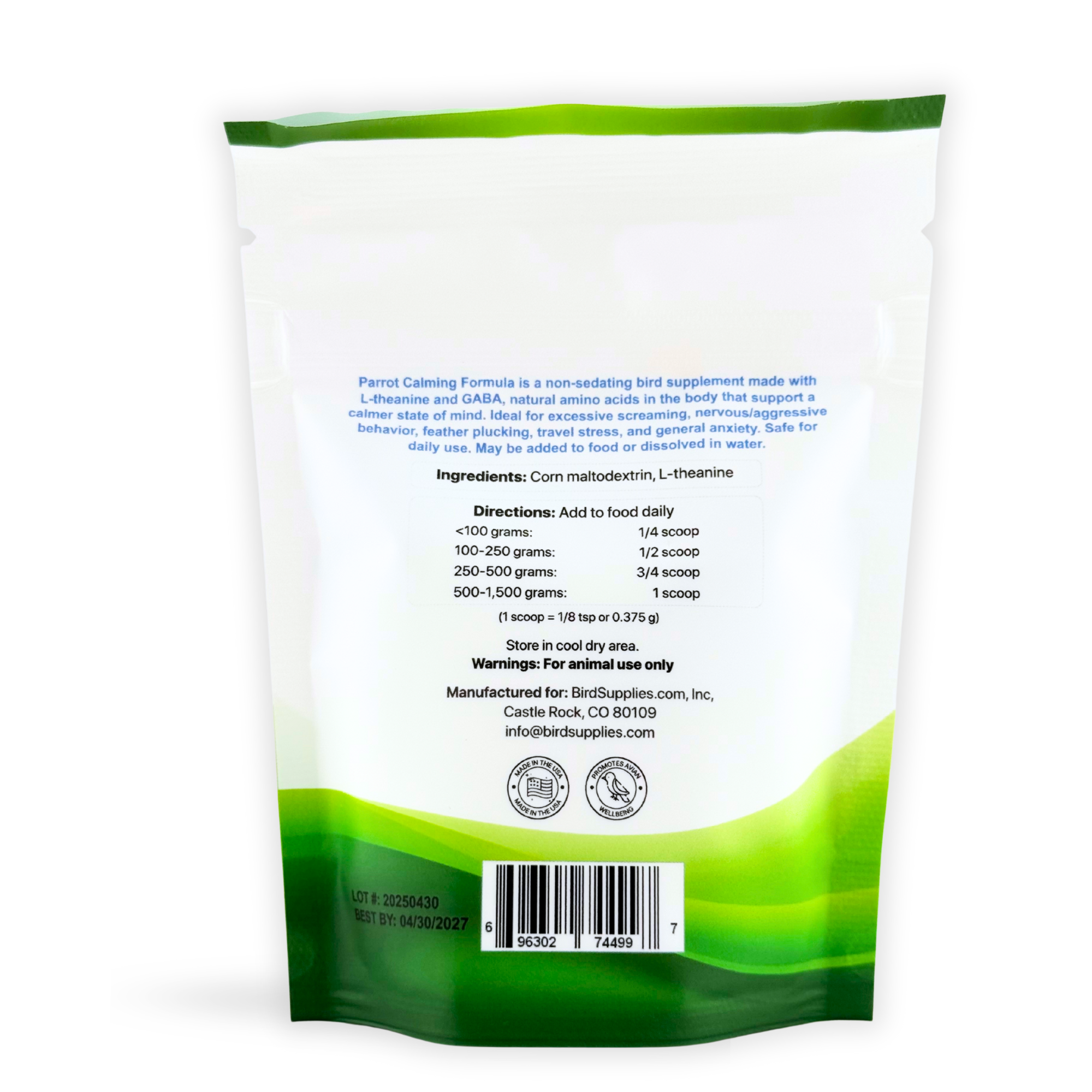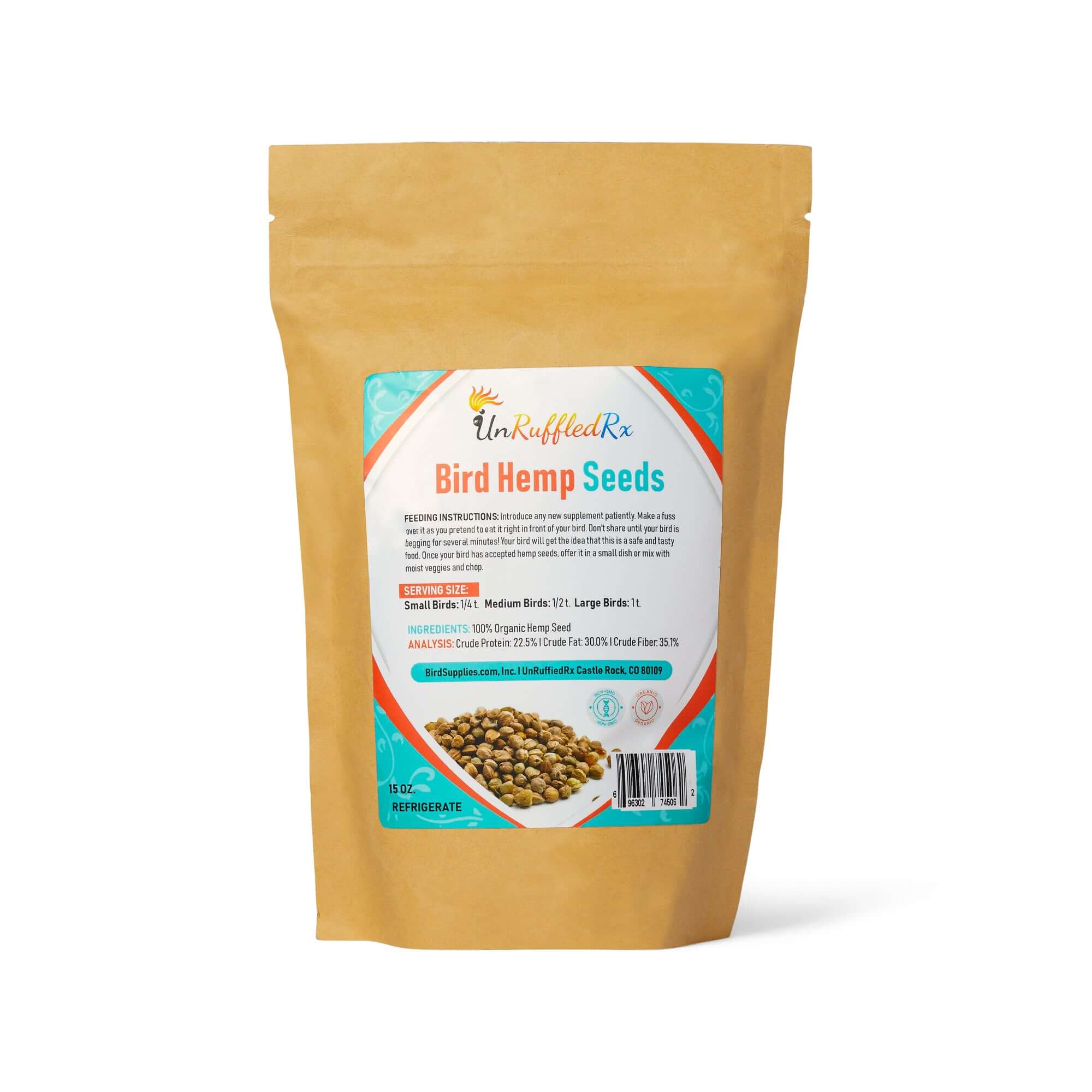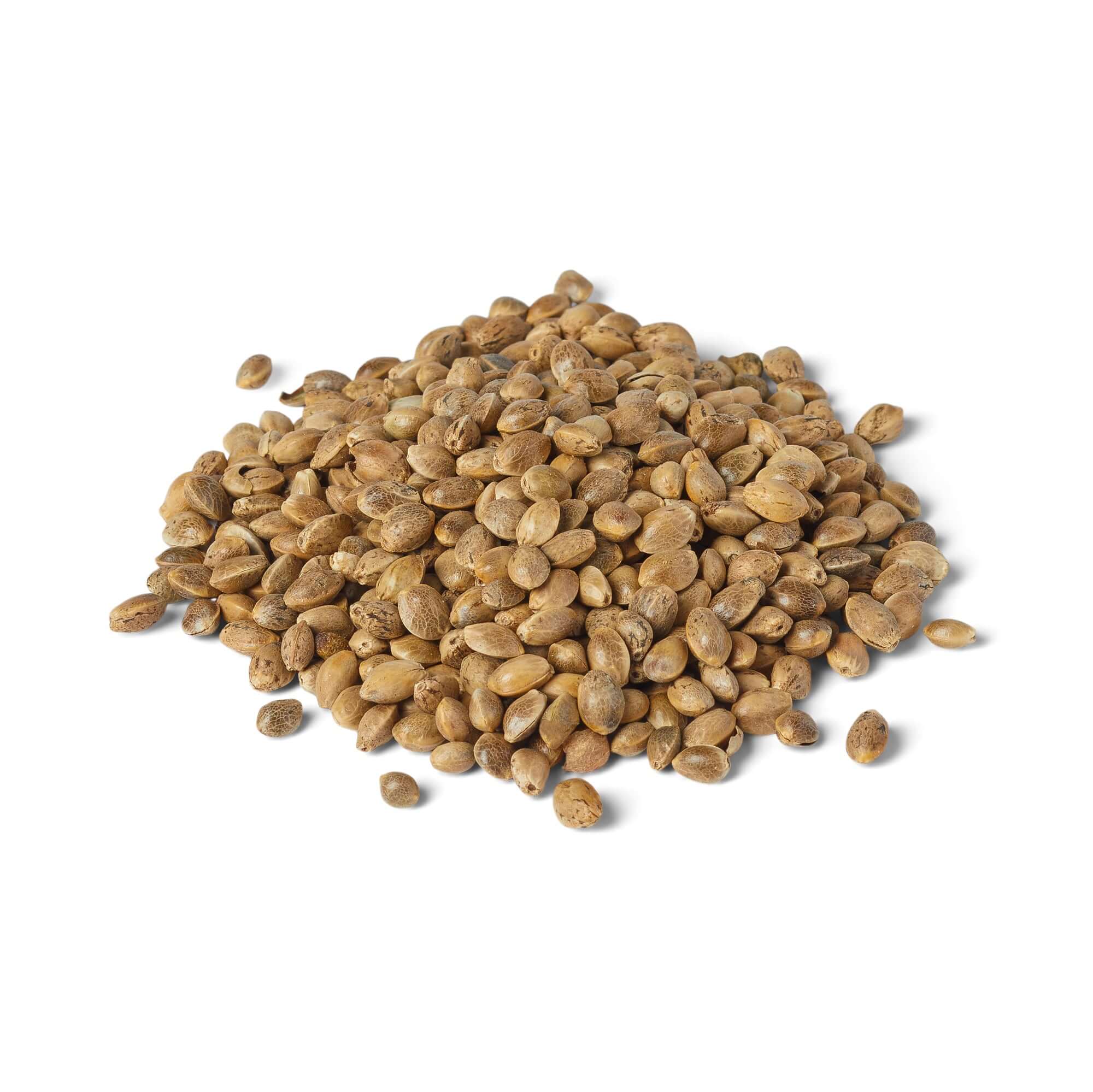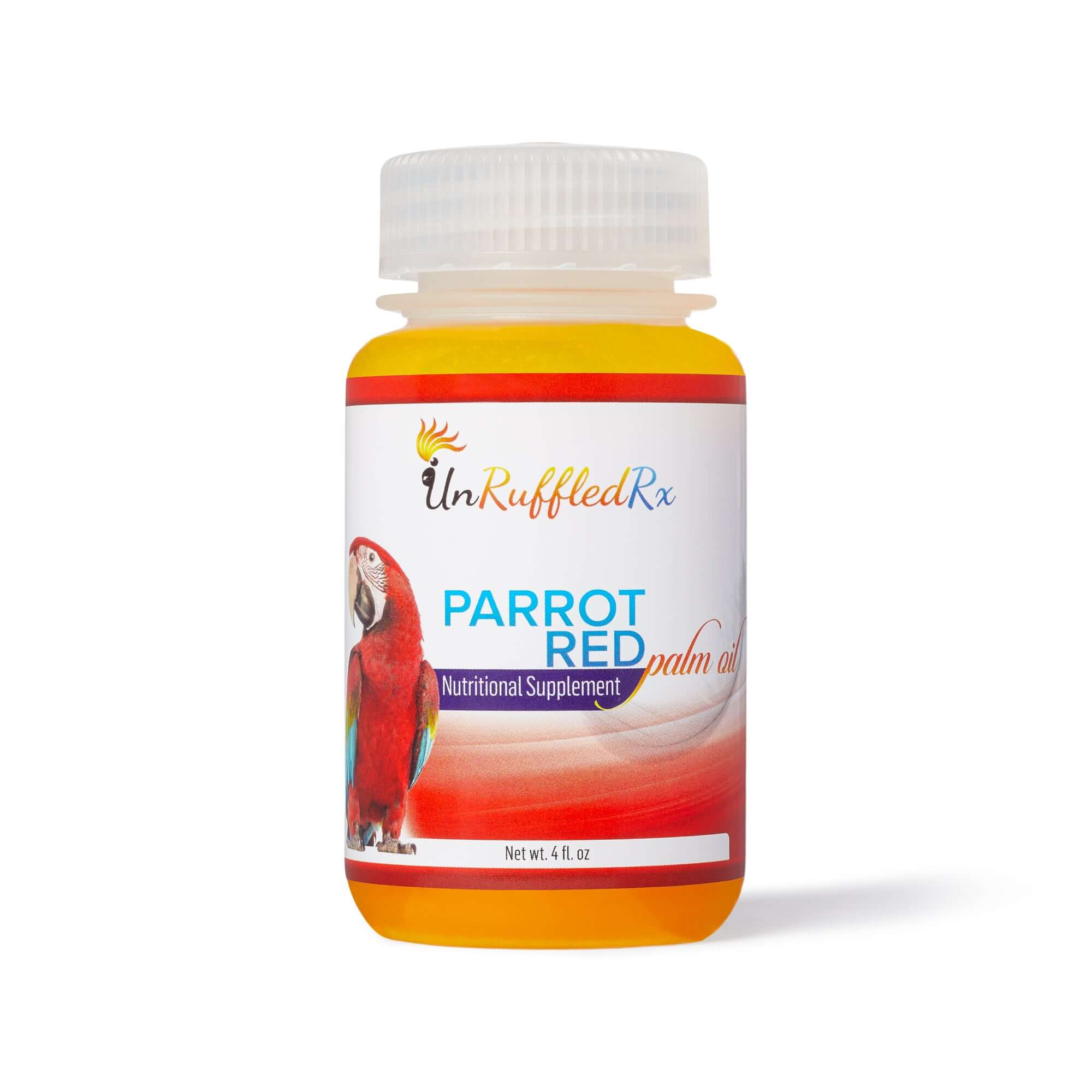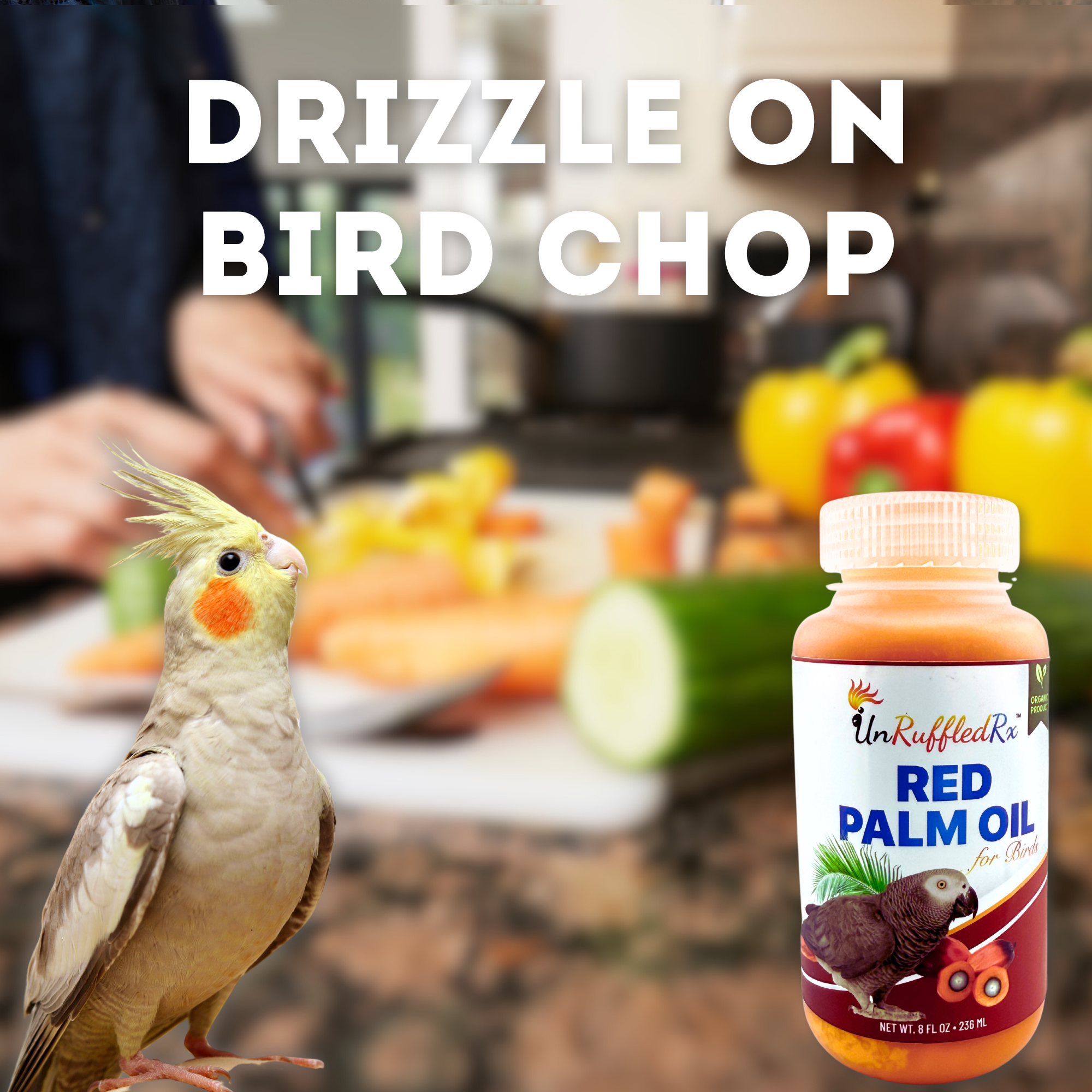Table of Contents
- Why You Should Be Aware of Bird Malnutrition
- Understanding Bird Malnutrition
- Misinformation About Bird Diets
- Recognizing the Warning Signs of Malnutrition
- Common Vitamin Deficiencies in Birds
- Visual Comparison: Malnourished vs. Healthy Birds
- Preventing Bird Malnutrition
- Supporting Your Bird's Recovery
- Health Improvements and Supplements
Why You Should Be Aware of Bird Malnutrition
Did you know that malnutrition is the number one cause of early death in pet birds? This might be surprising, but it’s true. Many loving bird owners are unaware that their feathered friends are not getting the nutrition they need to thrive. Vets report that 70-80% of their daily office visits are related to bird malnutrition. This is a huge problem, but don't worry—there are solutions, and we’re here to help you understand and fix it.
Understanding Bird Malnutrition
Bird malnutrition can have serious effects on your bird's health. It can affect specific organs and systems or suppress your bird’s entire immune system, making them susceptible to deadly diseases.
Our pet birds are also masters at hiding their illnesses, making it even harder to spot problems early on. This is why it's crucial to know what signs to look for and how to prevent malnutrition in the first place.
Misinformation About Bird Diets
One of the biggest challenges in preventing bird malnutrition is the misinformation out there.
Many bird owners receive conflicting advice from pet stores, online forums, and even food packaging that claims to offer a "complete diet."
The truth is, there is no known complete diet for birds. Each species has unique nutritional needs that can’t be fully met by one type of food alone.
-
Store Misinformation: Pet stores often promote seed mixes as a "complete diet, but seeds alone or pellets alone are not sufficient for your bird’s health.
-
Online Forums: While forums can be helpful, they can also spread myths and incorrect information about bird nutrition.
- Food Packaging: Labels that claim to provide a complete diet can be misleading. Always research and consult with your avian vet.
For more detailed information on balanced diets, check out our Avian Food Pyramid and the blog post How To Get Your Bird To Eat Healthy Bird Food.
Recognizing the Warning Signs of Malnutrition
Identifying malnutrition in birds can be challenging, but not impossible. Here are some signs to watch for:
-
Poor Immune System: Frequent illnesses and infections.
-
Skin Issues: Dry, itchy skin, flaking, long nails, overgrown beaks, and scaly, patchy feet.
-
Feather Problems: Dull, faded feathers that lack vibrant colors, broken or frayed feathers.
-
Respiratory Issues: Sinusitis, sneezing, nasal liths, air sacculitis, aspergillosis.
-
Digestive Problems: Dark green stools, diarrhea, lack of appetite, no stools, fatty tumors, fatty liver disease.
-
Reproductive Issues: Egg binding, infertility, weak chicks.
- Endocrine Issues: Feather picking, feather coloration problems, hormonal imbalance.
A malnourished bird may also experience obesity, leading to heart problems, liver problems, tumors, and pressure sores. They often have low stamina and appear lethargic, becoming what some call "perch potatoes." A healthy bird is active and inquisitive, while a malnourished bird just doesn't have much energy.
The most common deficiencies include lack of protein, calcium, and magnesium, as well as important vitamins such as vitamin A, B complex vitamins, and vitamin D3. Essential fatty acids are also crucial for your bird's health.
Common Vitamin Deficiencies in Birds
Vitamin deficiencies are a major concern for bird owners. Here are some of the most common deficiencies and how they can affect your bird:
-
Vitamin A: A lack of vitamin A can lead to respiratory issues, poor feather condition, and skin problems. It can also cause white-yellow plaque in the mouth due to low beta carotene.
-
Vitamin D3: Without enough vitamin D3, birds can suffer from poor calcium absorption, leading to weak bones and beak deformities.
-
B Complex Vitamins: These vitamins are essential for energy production and overall health. Deficiencies can lead to lethargy, poor feather condition, and neurological issues.
- Essential Fatty Acids: Birds need these fats for healthy skin and feathers. A deficiency can result in dry, flaky skin and poor feather condition.
To combat these deficiencies, you can use bird supplements such as UnRuffledRx FeatheredUp! and complete bird calcium supplements.
Visual Comparison: Malnourished vs. Healthy Birds

Unfortunately, the bird on the left passed away shortly after this photo was taken due to the severity of its malnutrition.
To help you understand the impact of malnutrition, let's look at a side-by-side comparison of two Congo African Grey Parrots.
The bird on the left, a rescue, shows signs of severe malnutrition, while the bird on the right has been fed a healthy diet.
Signs of Malnourishment:
- Disproportionately large head
- Foot or skeletal deformities or lameness
- Feather discoloration due to protein or other deficiencies
- White-yellow plaque in the mouth
- Blunted choanal papillae (the slit in the roof of your bird's mouth that moves air from the nasal cavity to the trachea)

Preventing Bird Malnutrition
Preventing malnutrition starts with regular monitoring and proper diet. Here are some tips to keep your bird healthy:
-
Monitor Your Bird’s Weight: Weigh your bird weekly, preferably in grams. Use a record-keeping system to track changes. A small, consistent weight loss can be an early sign of malnutrition.
-
Species-Specific Diet: Work with your avian vet to determine a balanced, nutritious diet specific to your bird's species. This often includes premium bird pellets like Harrison’s Bird Foods and a variety of fresh, uncooked plant-based foods.
-
Supplements: Use supplements like UnRuffledRx to ensure your bird gets all the necessary nutrients.

Step-by-Step Guide to Improving Your Bird’s Health
Step 1: Assess the Situation 🔍
-
Observe and Record: Note your bird’s current diet, behavior, and physical condition.
- Consult a Vet: Schedule a visit with an avian vet to get a professional assessment and rule out any underlying health issues.
Step 2: Diet Analysis and Transition 🍏
-
Current Diet Evaluation: Understand what your bird is currently eating. Is it a seed-based diet, pellets, or a mix?
-
Introduce High-Quality Pellets: Gradually introduce a high-quality pellet diet, which should form the base of your bird’s nutrition.
-
Evidence-Based Diet Change Strategies: Use proven methods to encourage your bird to eat properly. Check out this blog for tips on safe fresh foods for parrots.
-
Avian Naturals - Nutraceutical Plant-Based Chop Toppers: Enhance your bird’s diet with these nutritious, plant-based toppers.
-
Avian Naturals - Nutraceutical Plant-Based Chop Toppers: Enhance your bird’s diet with these nutritious, plant-based toppers.
-
Fresh Fruits and Vegetables: Incorporate a variety of bird-safe fruits and vegetables. Aim for colorful, diverse options.
- Examples: Carrots, sweet potatoes, leafy greens, berries, and apples (avoid seeds).
Step 3: Supplementation 💊
-
Vitamin Supplements: Based on the vet’s recommendation, add necessary vitamins and minerals to the diet.
-
Calcium and Vitamin D3: Especially important for bone health.
- Probiotics: These can aid in digestion and improve gut health.
Step 4: UV Light Exposure ☀️
-
Natural Sunlight: Allow your bird to bask in natural sunlight daily for at least 30 minutes.
- UVB Lighting: If natural sunlight isn’t possible, provide UVB lighting to help with vitamin D3 synthesis.
Step 5: Hydration 💧
-
Clean Water: Ensure fresh, clean water is available at all times.
- Hydration Boost: Offer water-rich fruits like melons or cucumbers to increase fluid intake.
Step 6: Environment and Enrichment 🏡
-
Cage Setup: Ensure the cage is spacious and clean. Place the foods you want your bird to eat closest to their favorite perch to encourage consumption.
-
Foraging Toys: Encourage using foraging toys to "hide" nutritious treats, stimulating your bird to exercise and engage in natural behaviors.
- Mental Stimulation: Provide toys, perches, and opportunities for foraging to keep your bird mentally and physically active.
Step 7: Regular Monitoring and Adjustment 📝
-
Track Progress: Keep a diary of food intake, behavior changes, and physical health.
- Frequent Vet Visits: Schedule regular check-ups to monitor your bird’s health and adjust the care plan as needed.
Step 8: Behavioral Support 🤗
-
Training and Bonding: Spend time bonding with your bird through training and social interaction.
- Stress Reduction: Minimize stressors in the environment to promote overall well-being.
Yay! You've got this!🌟
Improving your bird’s nutrition and overall health is a gradual process that requires careful monitoring, a balanced diet, adequate sunlight, and a stimulating environment. Regular vet consultations and adjustments based on progress will help ensure a successful turnaround for your feathered friend.
Health Improvements and Supplements
As your bird’s health improves, you may notice several positive changes:
Improved Skin and Feathers
Your bird's skin will shed dry, flaky cells and may even undergo a molt. Supplements like UnRuffledRx Aloe Vera Spray can help soothe and heal the skin.
Increased Energy
A healthier diet will boost your bird’s energy levels, making them more active and playful.
New Lease on Life
Your bird may become friskier and more energetic as they regain health. This is a great time to start proper bird training techniques to prevent any new behavior problems from developing.
Conclusion
Malnutrition is the number one reason parrots and other birds visit avian veterinarians. You can best support your feathered friend by developing healthy habits:
- Annual Wellness Checks: Regular check-ups with your avian vet are essential for catching and preventing health issues early.
- Balanced Diet: Convert your bird to a premium pellet diet endorsed by avian nutritionists, like Harrison's Bird Foods. Introduce a variety of raw, plant-based foods to their diet.
- Encourage Healthy Habits: Ensure your bird eats well, sleeps well, and exercises daily for the best health outcomes.
By understanding the signs of malnutrition and taking proactive steps to prevent it, you can help your bird live a long, healthy, and happy life. Remember, the key to a healthy bird is a balanced diet, regular monitoring, and plenty of love and care. If you ever have concerns about your bird’s health, don't hesitate to consult with your avian veterinarian for personalized advice and support.
Related Posts:
Stabilizing a sick bird and when to see the vet.
8 ways to tell if your bird is sick and what to do about it
5 Important things to do for a sick bird
References:
Axelson, R., & Hess, L. (2017). African Grey parrots - feeding. Care & wellness, nutrition, pet services: Keeping your feathered companion healthy. Parrot nutrition. World Parrot Trust.
Gilardi JD, Toft CA. Parrots eat nutritious foods despite toxins. PLoS One. 2012;7(6):e38293. doi: 10.1371/journal.pone.0038293. Epub 2012 Jun 5. PMID: 22679496; PMCID: PMC3367951.
Kahsen, G. (2022). Parrot (Psittaciformes) diet & nutrition (Version 2.3). Psittacine Welfare Institute.
Péron, F., & Grosset, C. (2013). The diet of adult psittacines: Veterinarian and ethological approaches. Journal of Animal Physiology and Animal Nutrition, 97(4), 675-686.
Link to this blog
Burroughs, D. (2024, July 2). Signs of bird malnutrition and how to save your bird now. BirdSupplies.com. https://birdsupplies.com/blogs/news/signs-of-bird-malnutrition-and-how-to-save-your-bird-now
Diane Burroughs, LCSW is a licensed psychotherapist trained in ABA therapy techniques. She specializes in avian anxiety disorders and is certified in Nutrition For Mental Health. Diane has written a number of bird behavior books and she offers behavior consultations. She's developed a range of UnRuffledRx Science-backed Parrot Wellness Supplies.
Diane's products have been featured in the Journal of Avian Medicine and Surgery and at Exoticscon, a conference for exotic pet veterinarians. Her bird collars & supplements are stocked in avian vet clinics and bird stores throughout the US. With over 30 years in the field of behavior, Diane has created thousands of successful individualized behavior plans that help pets thrive.
TAGS: #MalnutritionInBirds #SignsOfVitaminDeficiencyInBirds/span>
SHARING IS CARING! PLEASE SHARE ON YOUR FAVORITE SOCIAL MEDIA NOW!
